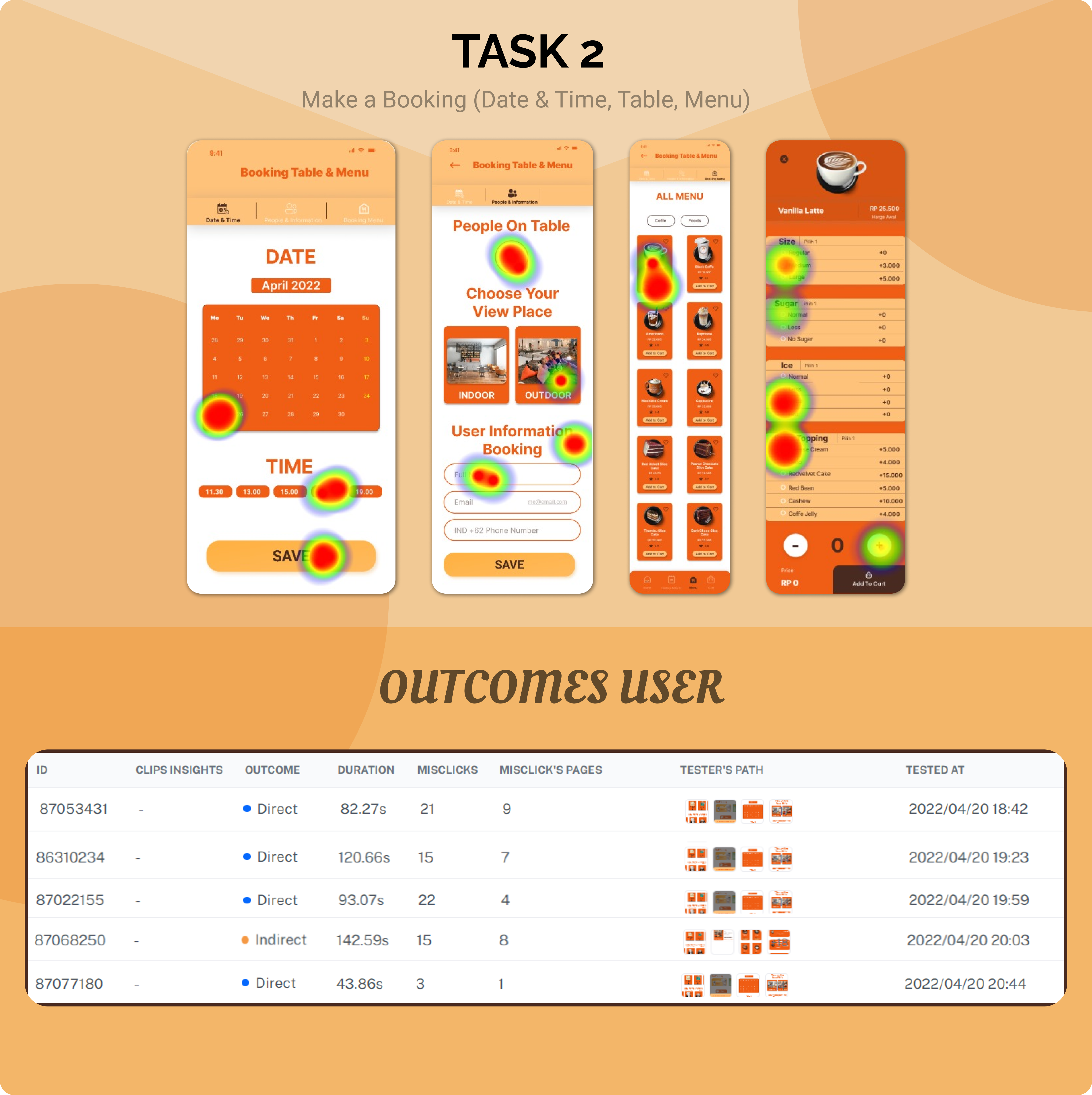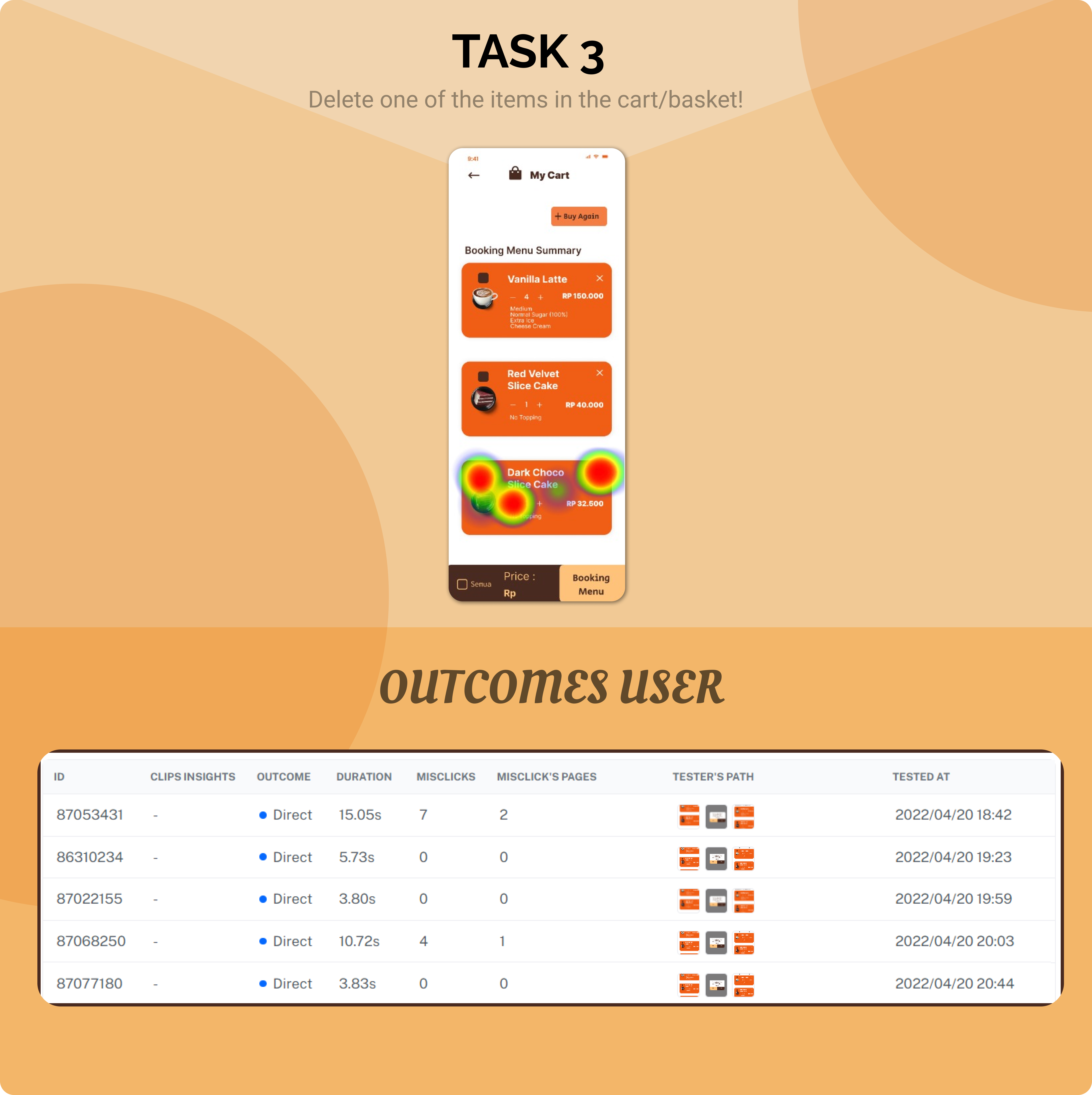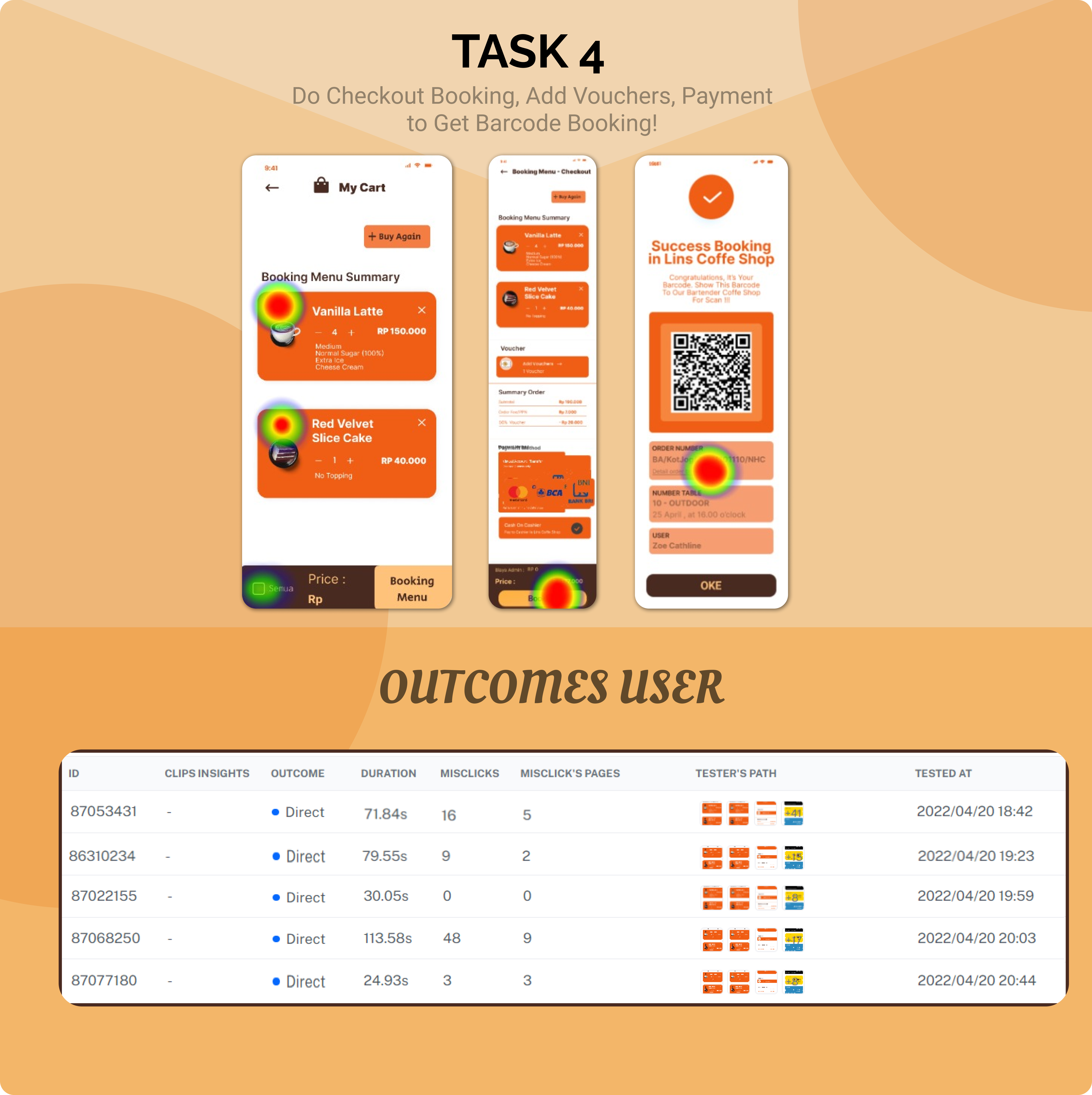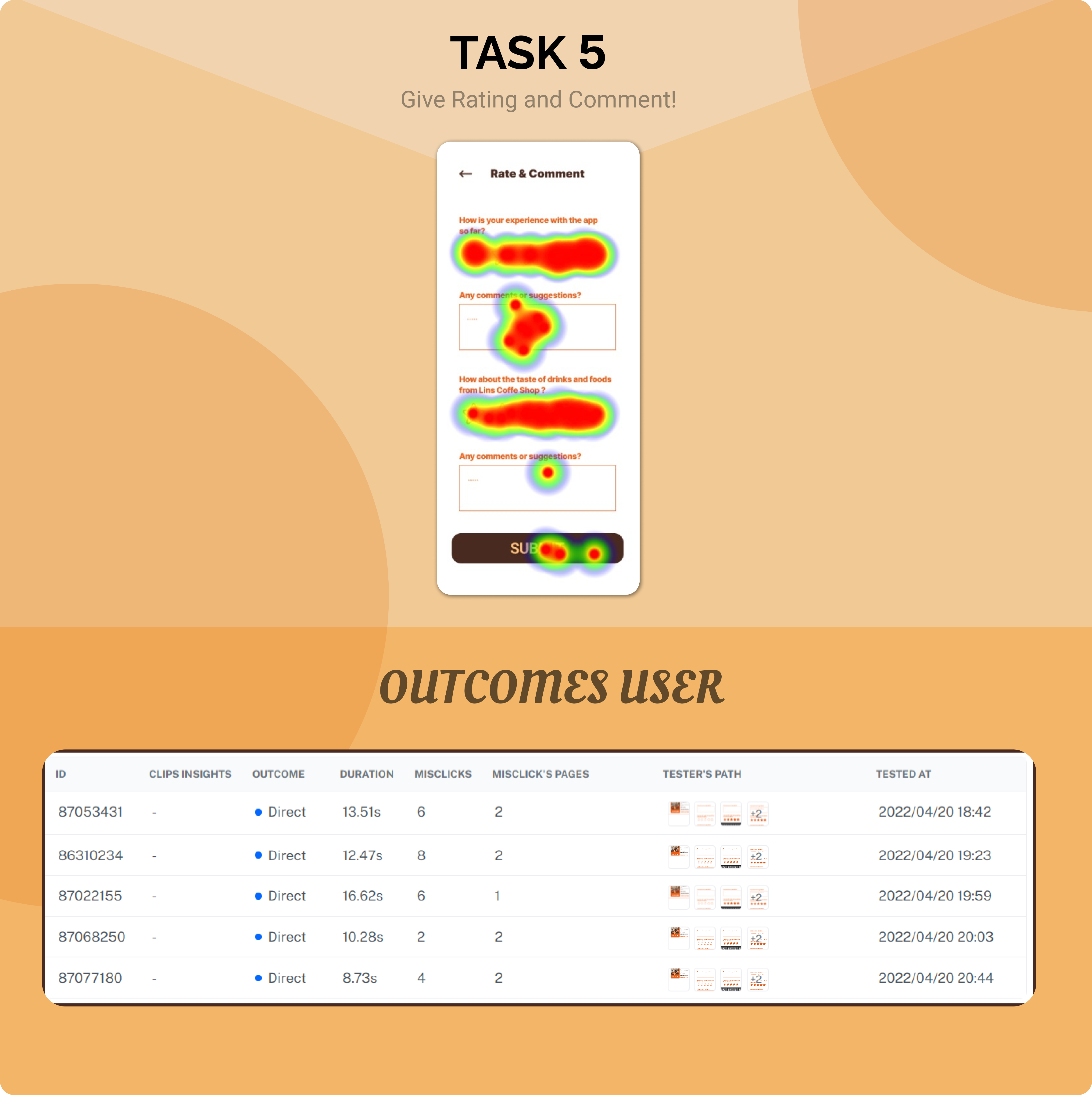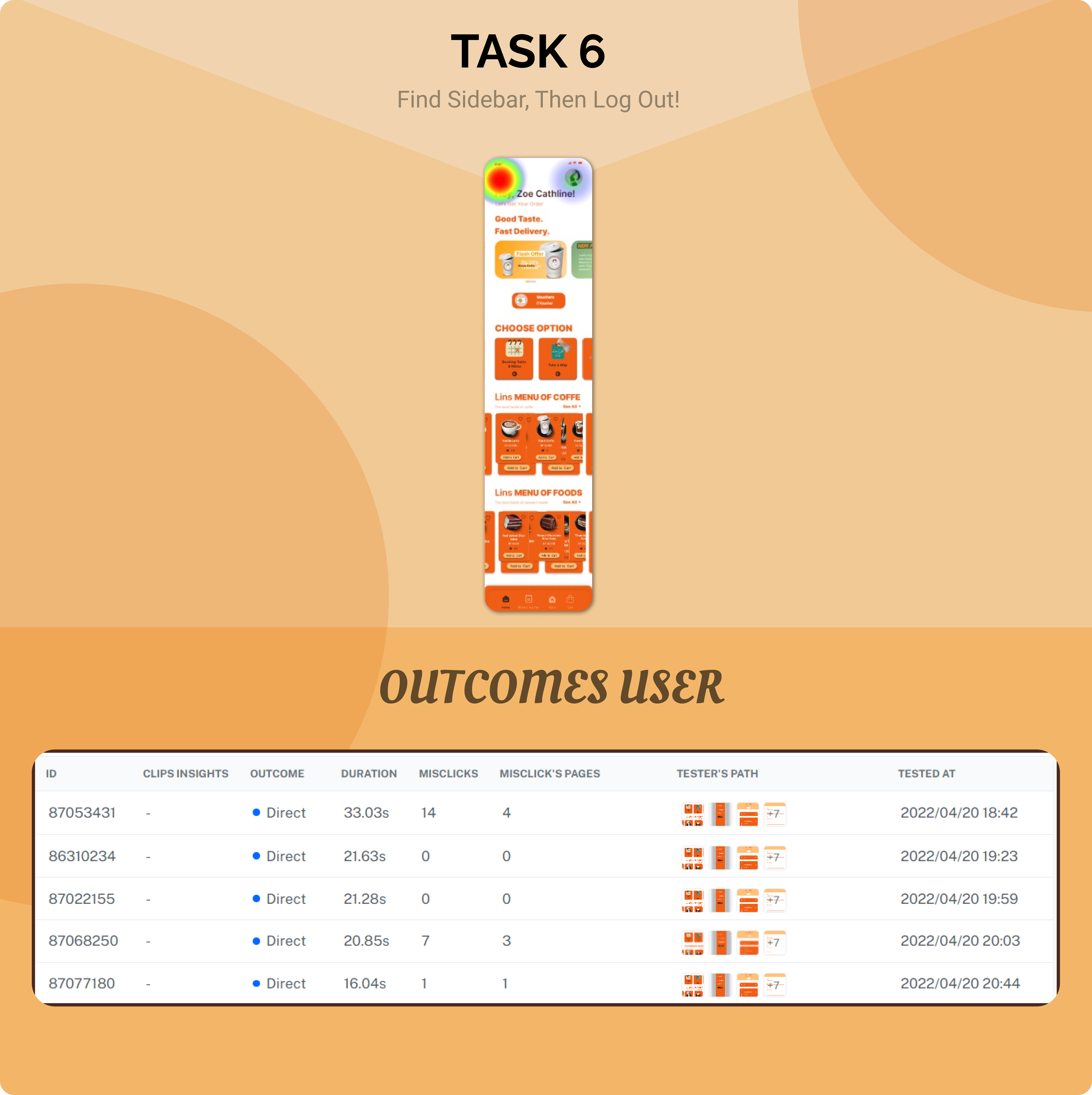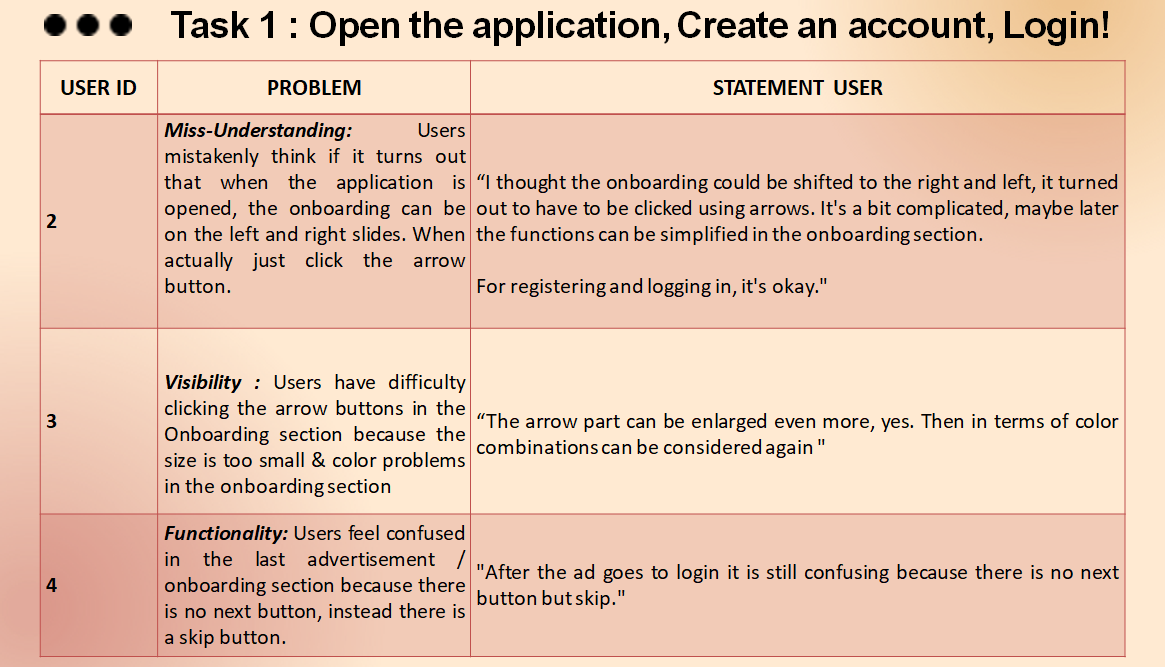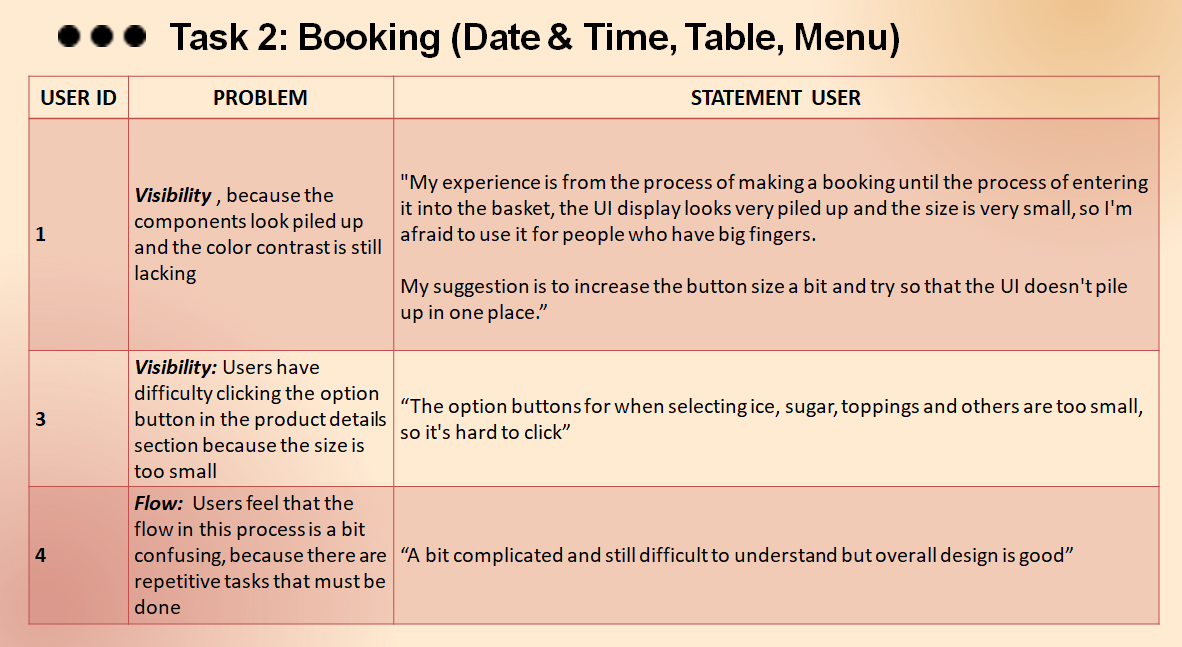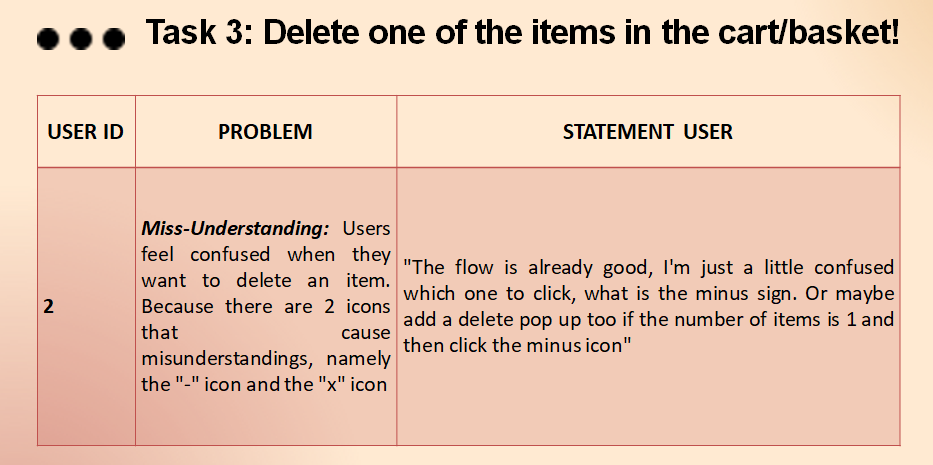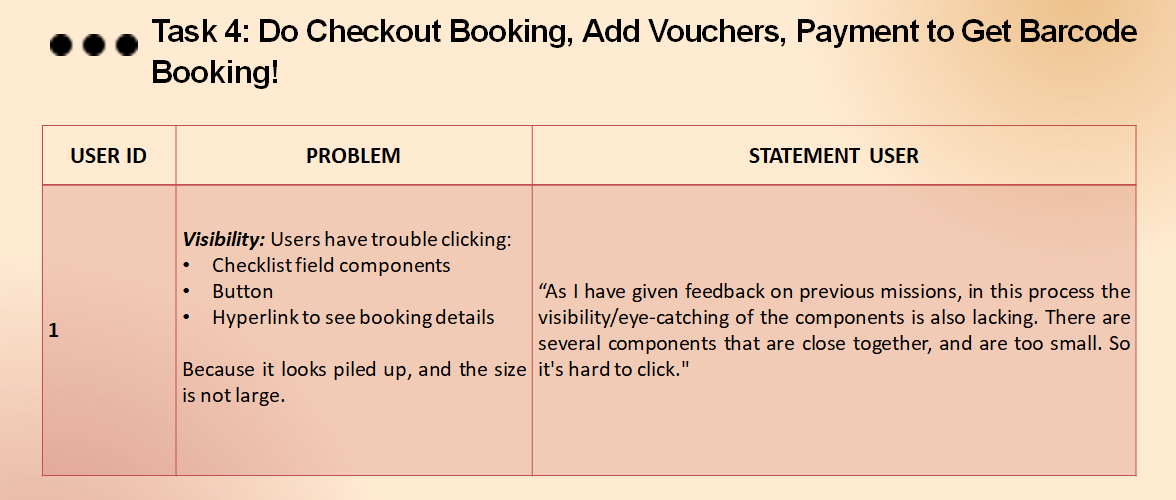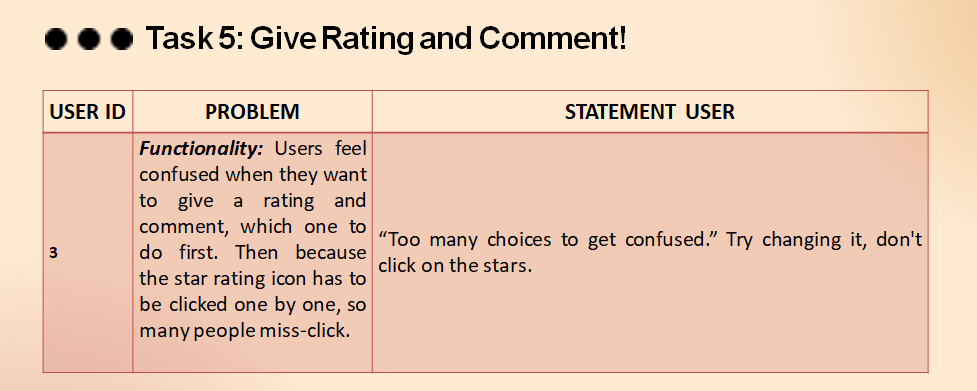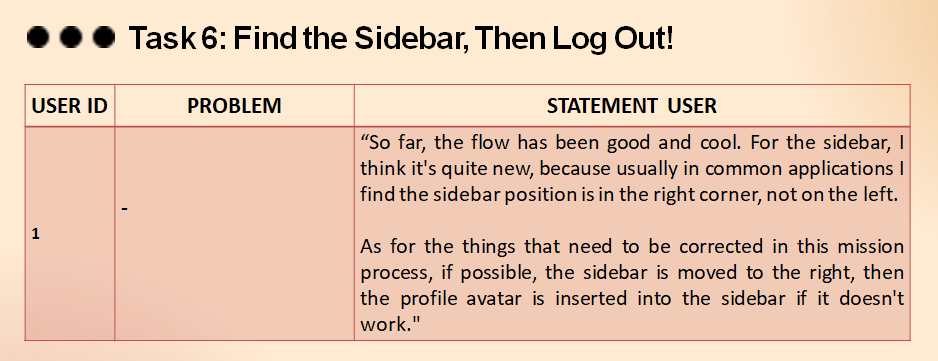In the millennial era that is growing at this time, there are many young people who like to hang out and gather with their friends to share jokes and laughter.
When a small coffee shop succeeds in attracting many customers, it will automatically create long queues at its offline physical place. Things like this will certainly disturb customer comfort, because it will have an impact on customer service, which is getting longer, so sometimes customers feel "boring" and can't immediately relax to get a dining table, because they have to queue to order the menu first. Not to mention if it turns out that you have been in line for a long time but it turns out that the table for eating on the spot has run out, and you have to take away, of course that really irritates the customer.
Therefore, of course, customers need new innovations so they don't have to queue too long when they come to their physical stores to gather and hang out with their friends, and can go through a much faster process.
Based on the explanation above, it can be concluded that the case study discussed is about how the process can be carried out to define and resolve the problems experienced in the case study, by trying to create a UI/UX Design application based on the case study.
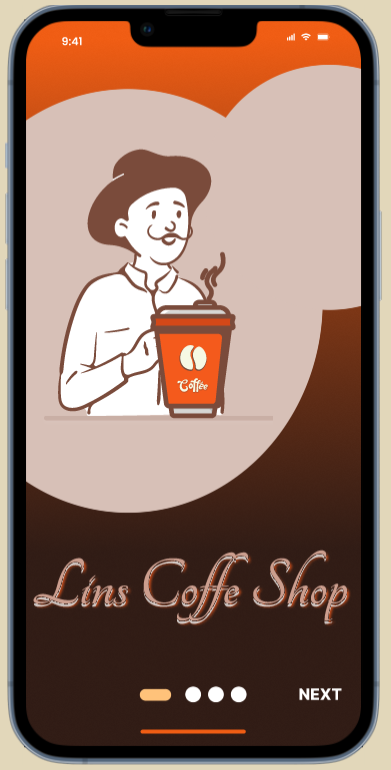
.png)
.png)
.png)
.png)
.png)
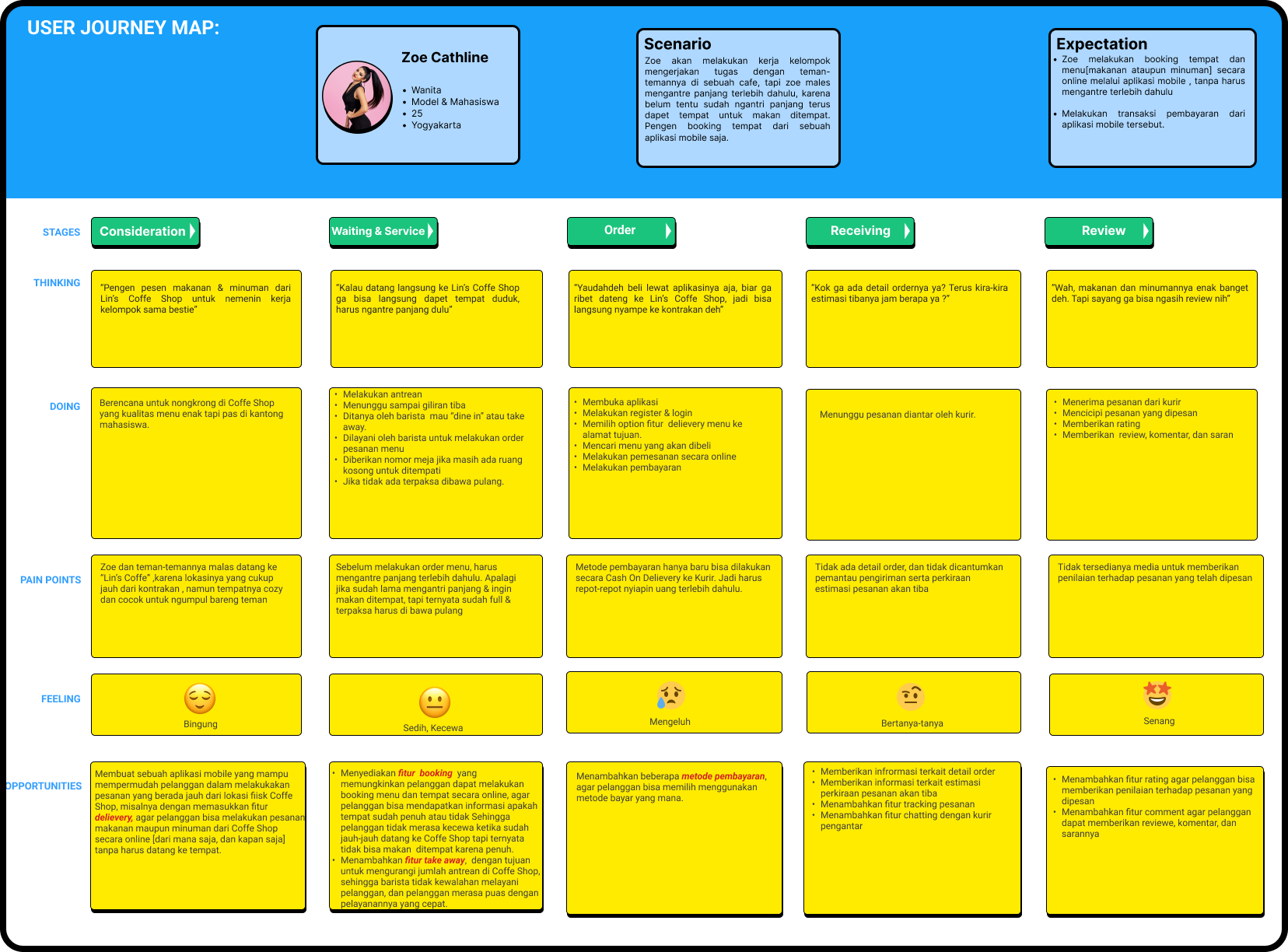
.png)

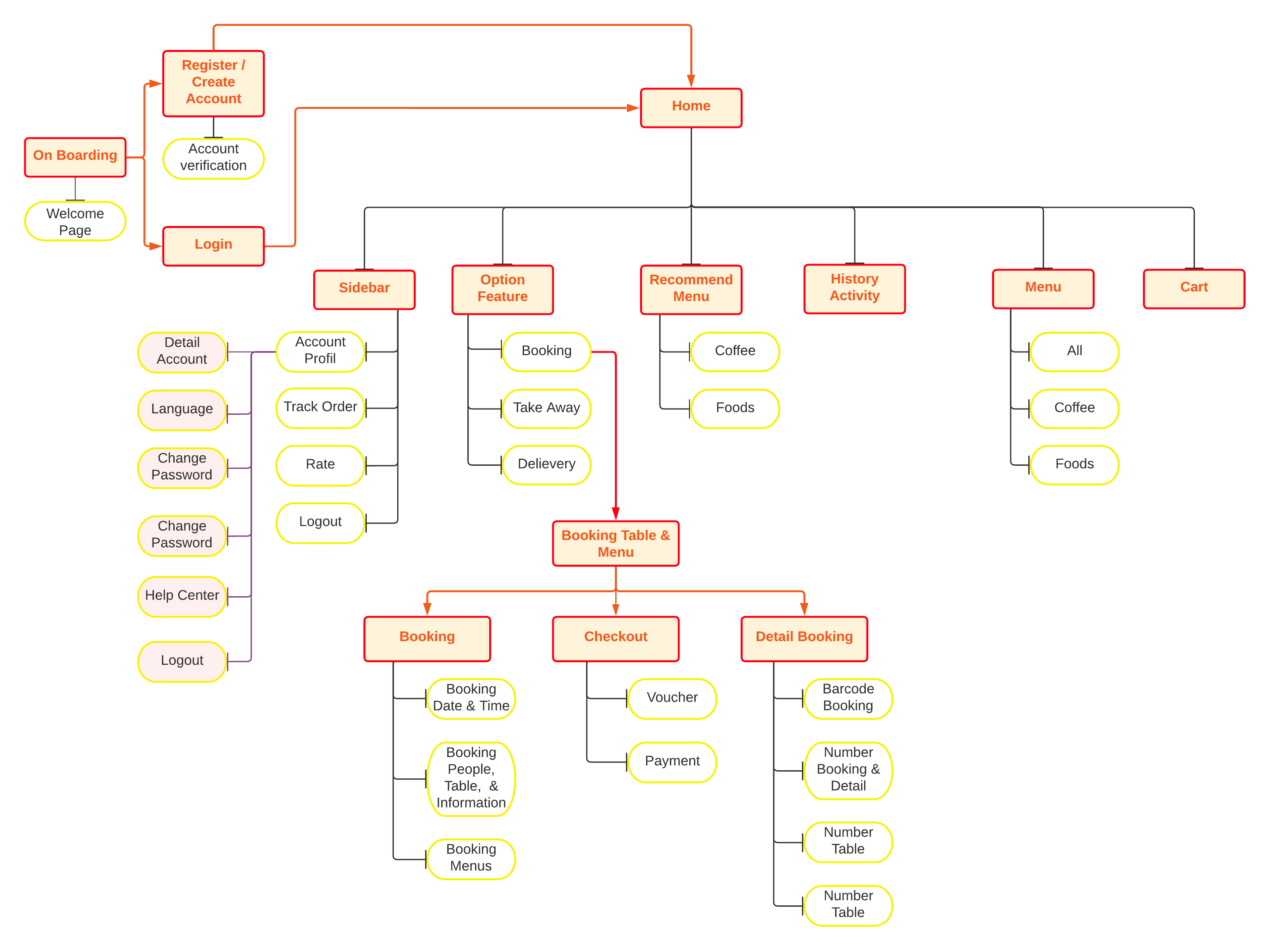
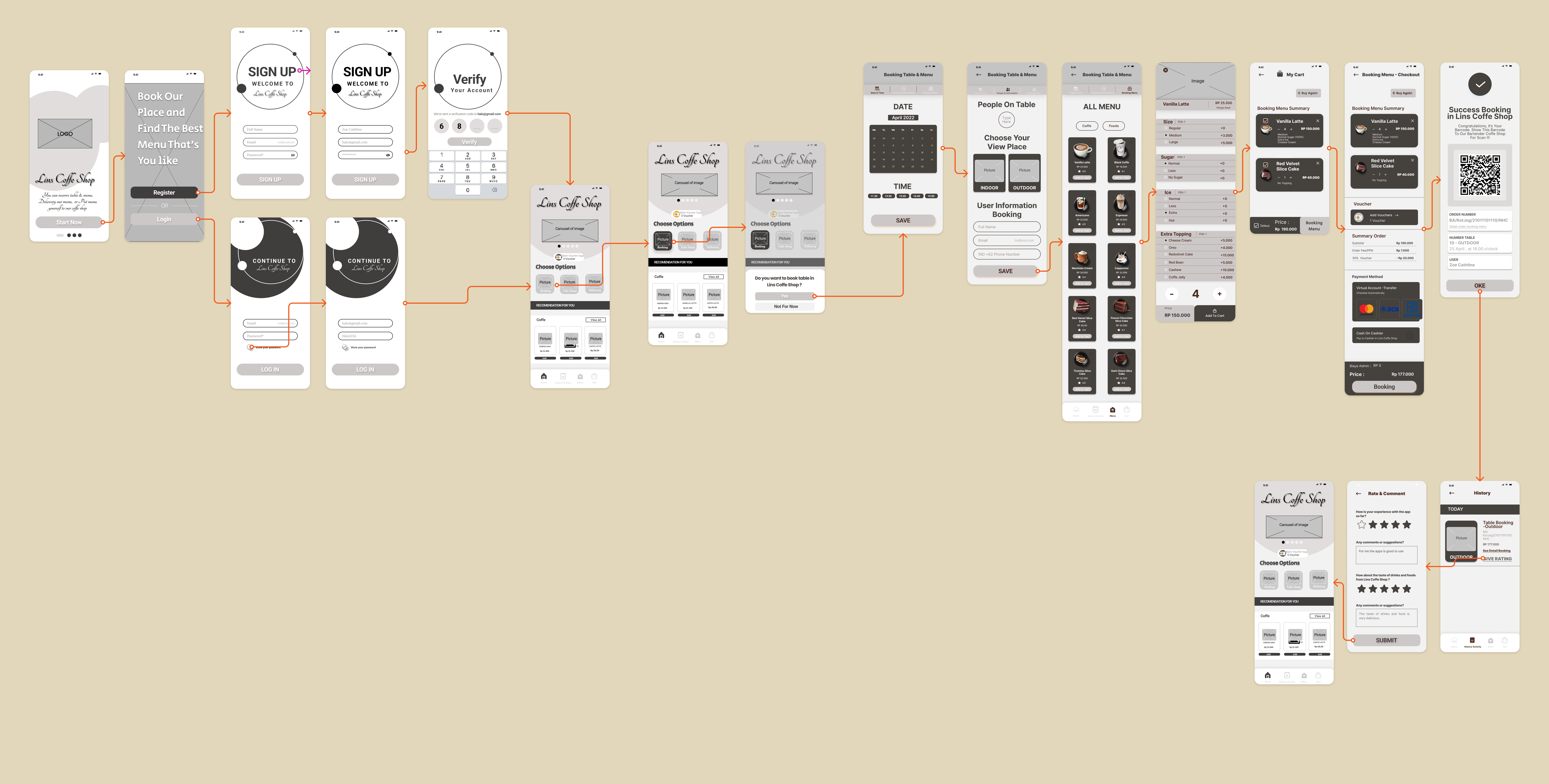
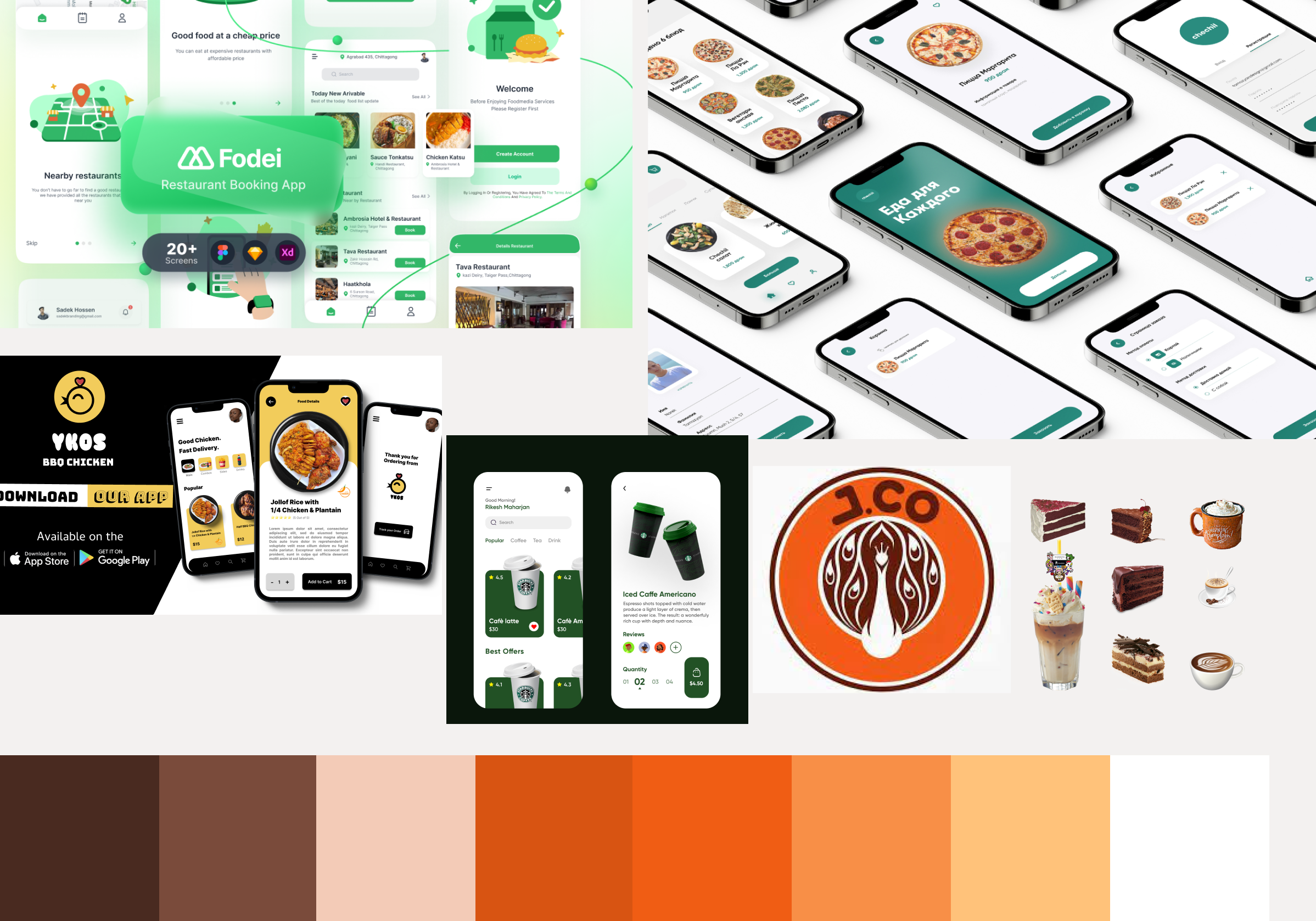
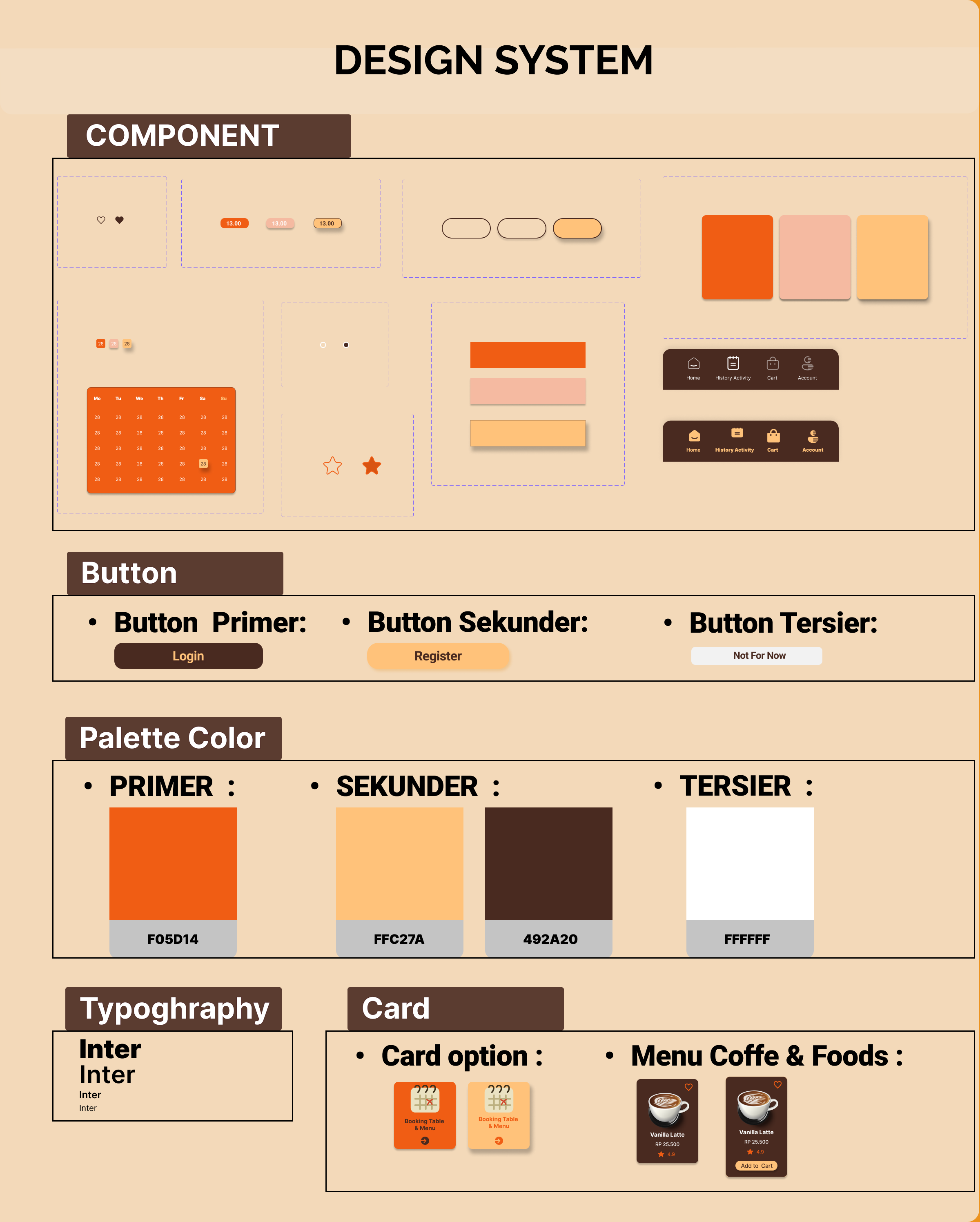
.png)
.png)
.png)
.png)
.png)
.png)
.png)
.png)
.png)
.png)
